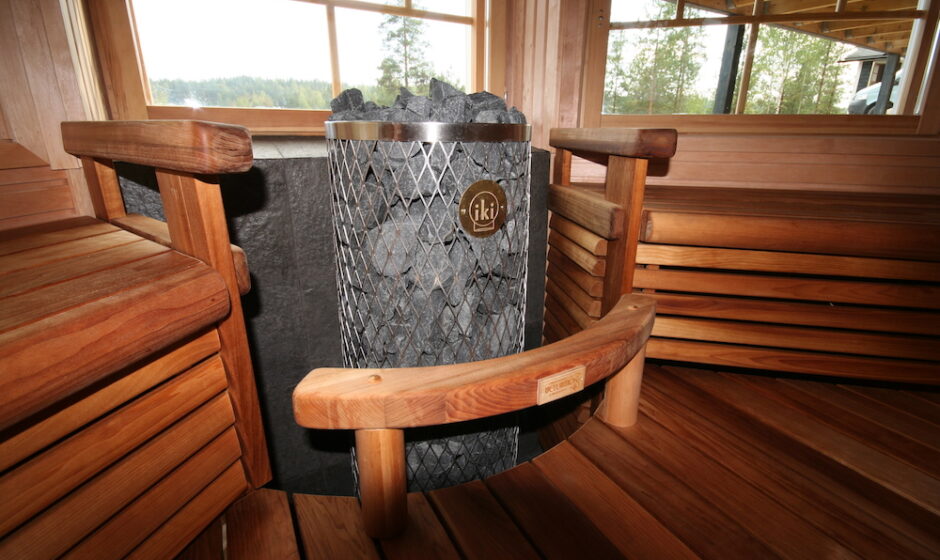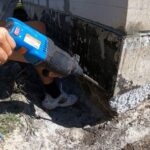Almost every summer cottage today has a bathhouse. Often it is actively used, but sometimes it turns out to be almost unclaimed due to mistakes made during the arrangement. These are the mistakes we will talk about.

Finnish sauna and Russian steam room: what is the difference?
Are there any differences between Finnish and Russian steam rooms? This is one of the favorite topics for discussion between lovers of bath procedures. The answer, perhaps, is that saunas are different in Finland too. On the plot of a poor farmer, this is usually a traditional hut with log walls, cracks in the floor, gangs, brooms, and a wood-burning heater. And in a modern cottage or city apartment building, there is a rather cramped cubicle, where there is no room for basins of water (there is a shower nearby) and a programmable electric heater is installed. There is also a country option, which almost always includes a natural pond.
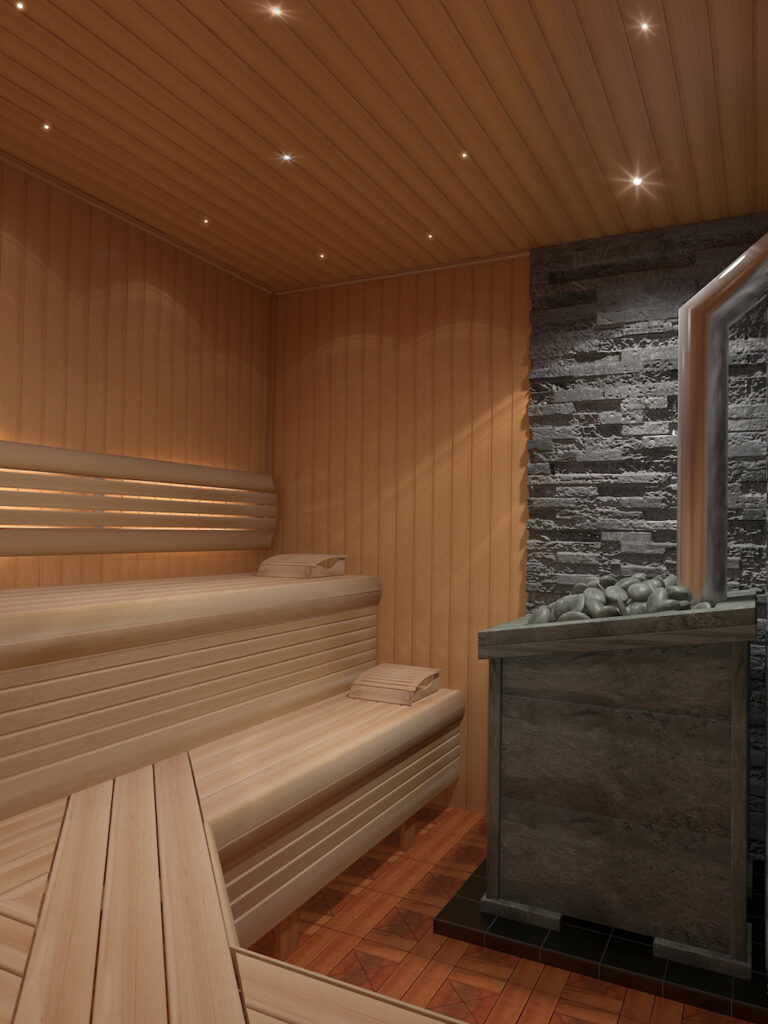
In our country, steam rooms are also different, and yet the “dry air law” prevails (washing and dousing are outside the room). At the same time, depending on preferences and health status, the air temperature is maintained from 60 to 110 ° C and relative humidity from 20 to 60%. Moreover, the higher the temperature, the more intense the air exchange should be.
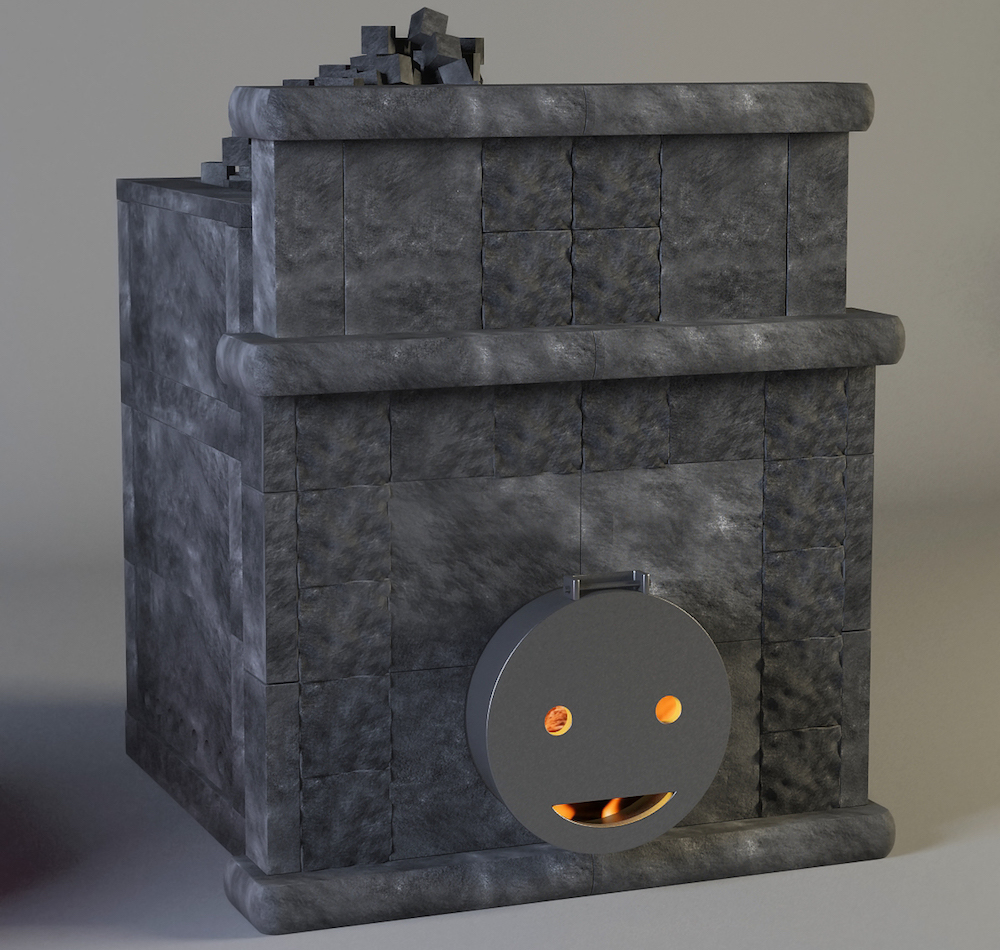
The main mistakes when building a sauna
1. Wrong choice of area and proportions of the room
The minimum volume of a steam room (for one person) is approximately 6 m 3. The following rule is followed: for each additional shelf – another 3-4 m3 of volume. A spacious steam room is more comfortable, but it warms up slowly and requires a lot of wood (electricity). A room that is too cramped requires super-intensive ventilation; in this case, the supply air does not have time to heat up and a feeling of draft occurs. In addition, in a small sauna, there is a greater risk of getting burned by steam or touching a hot heater.
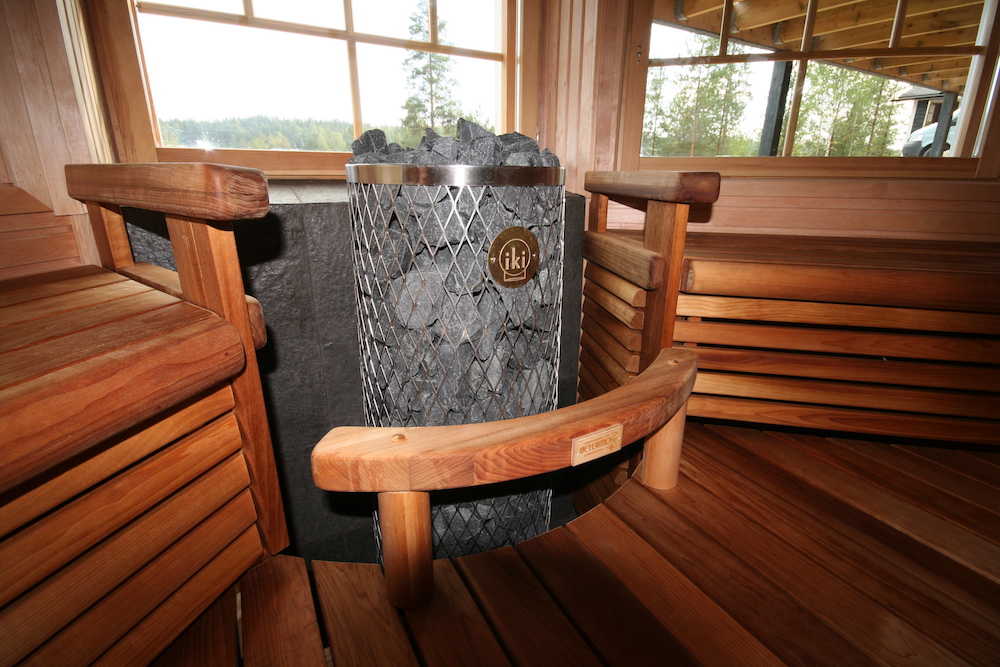
2. Insufficient insulation
We are accustomed to a fast pace of life and are hardly able to wait half a day for the bathhouse to heat up. Therefore (and also due to its comparative cheapness), an insulated fencing design has become widespread, in which the load-bearing base of the walls has a rather modest thickness, but the inside of the bathhouse is insulated with a layer of basalt wool. The optimal insulation thickness for the walls of the steam room is 100 mm, and for the floor and ceiling – 150 mm. The most common mistake is poor floor insulation. Discomfort in the leg area (especially with short sitting and reclining positions) interferes with proper warming of the body.
Sometimes, instead of insulation, they simply install a more powerful heater. In this way, you can increase the average temperature, but the heat is distributed unevenly, and this causes discomfort.
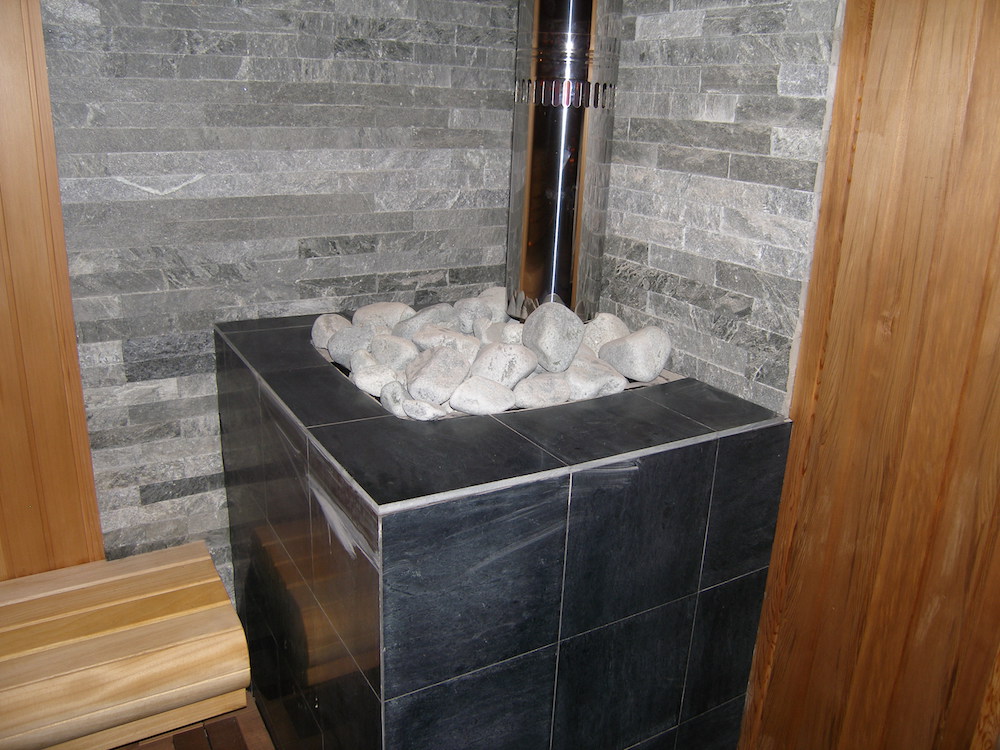
3. Poor vapor barrier of the fence
The insulation must be protected from moist air by a continuous layer of heat-resistant vapor barrier – aluminum foil or foil paper. All joints, fastener holes, and lighting installation areas must be carefully taped with aluminum tape. If this is not done, the insulation will become damp and its insulating ability will deteriorate significantly – the walls will draw cold, and unpleasant odors will settle in the room.
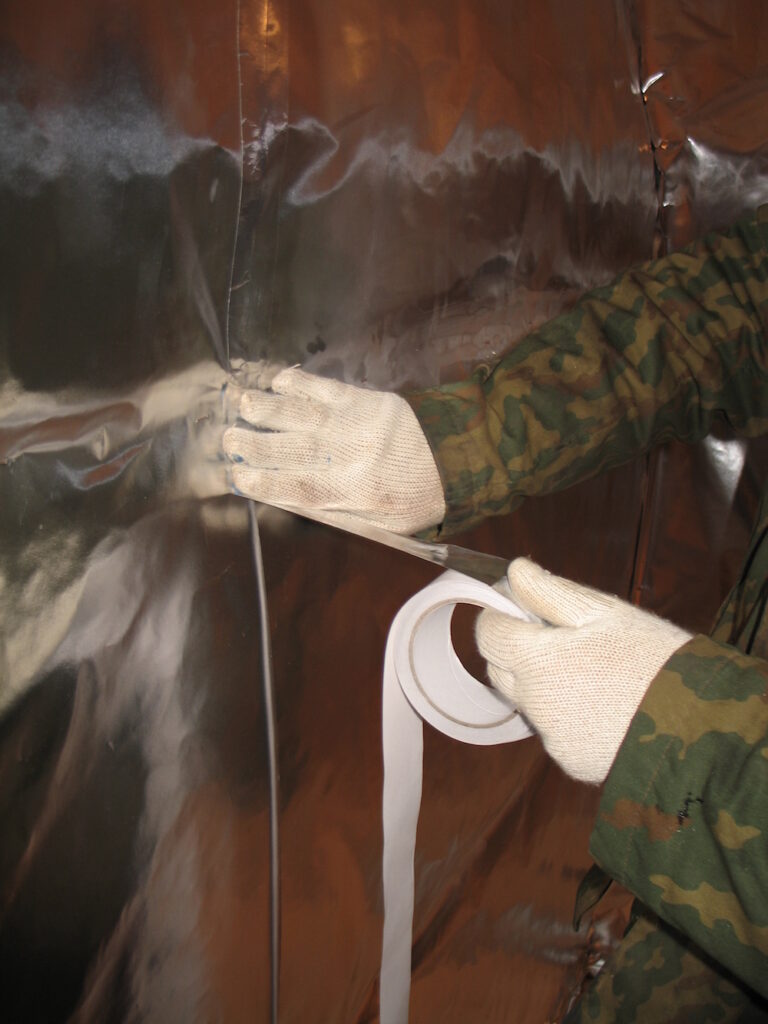
4. Improperly organized ventilation
It is generally accepted that a dry-air sauna requires ten air changes per hour. This can only be achieved with the help of forced supply and exhaust ventilation. In this case, there is a high probability that the room will cool down very quickly. But if the ventilation is not intense enough, the air in the steam room will quickly become saturated with steam and carbon dioxide and you simply will not be able to breathe. It is necessary to look for a middle ground.
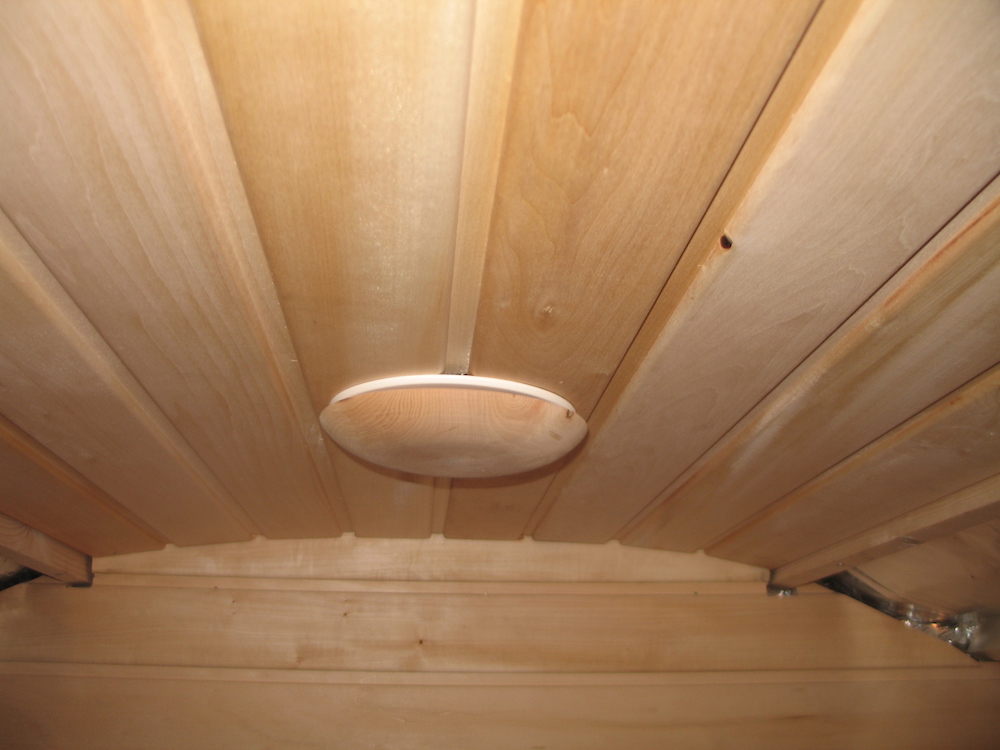
In practice, you can limit yourself to natural ventilation; at the same time, for each m3 of steam room volume, there must be at least 10 mm in diameter of the supply/exhaust channels (valves). The exhaust valve must be adjustable. It is also important to position the valves correctly: the supply valve is at the bottom, not far from the heater, and the exhaust valve is at the top of the wall or ceiling at the opposite end of the room. Instead of a supply valve, you can provide a gap under the door.
When organizing a forced-air system, on the contrary, it is advisable to place the hood near the floor to remove cold, moisture-saturated air.
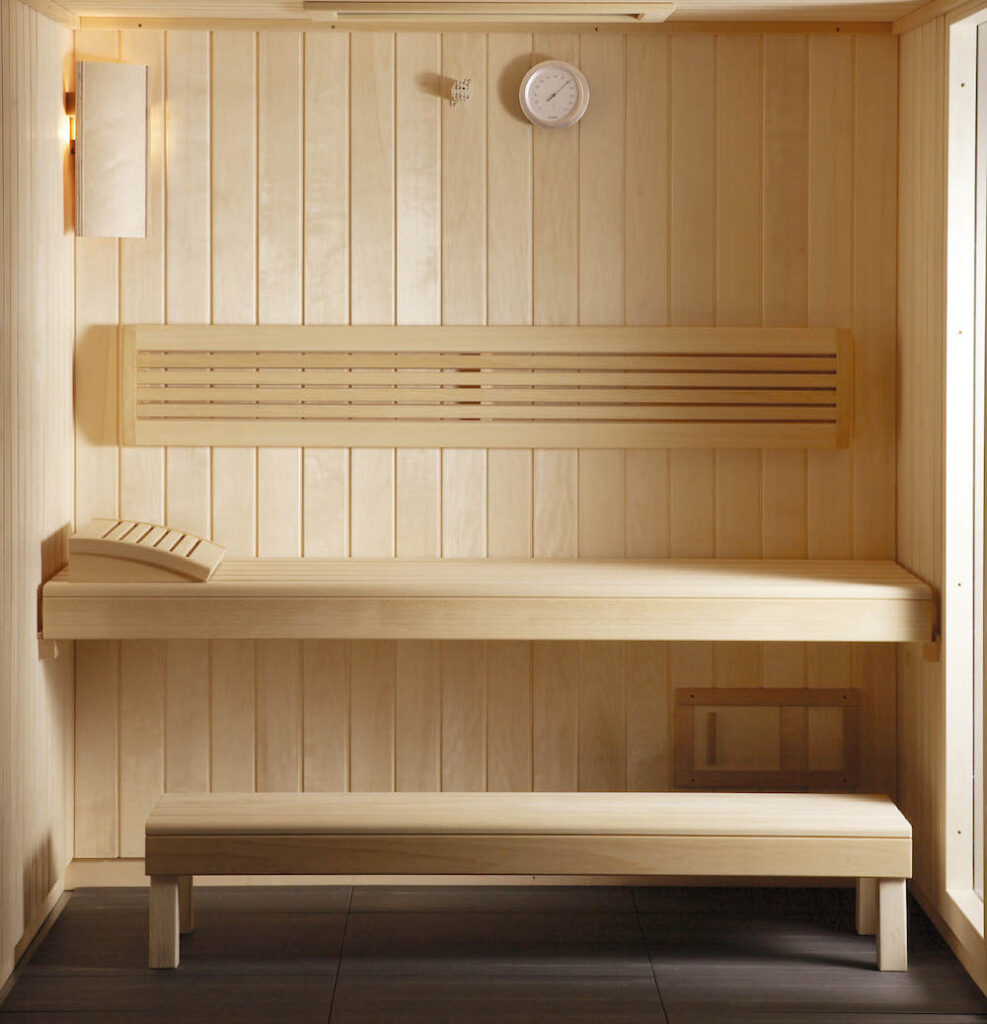
Mistakes during operation
- It is not advisable to start steaming with the heater running at full power: strong infrared radiation from the walls of the stove causes discomfort and is not at all useful.
- Over time, carbon deposits form on the stones, emitting an unpleasant odor. Therefore, once every year or two, the stones need to be washed with a stiff brush/sponge with a means to remove stubborn dirt.
- To extend the life of wooden finishing, you need to renew the protective coating every 2-3 years. It is advisable to wash the shelves after each session with a brush on the handle moistened with boiling water.
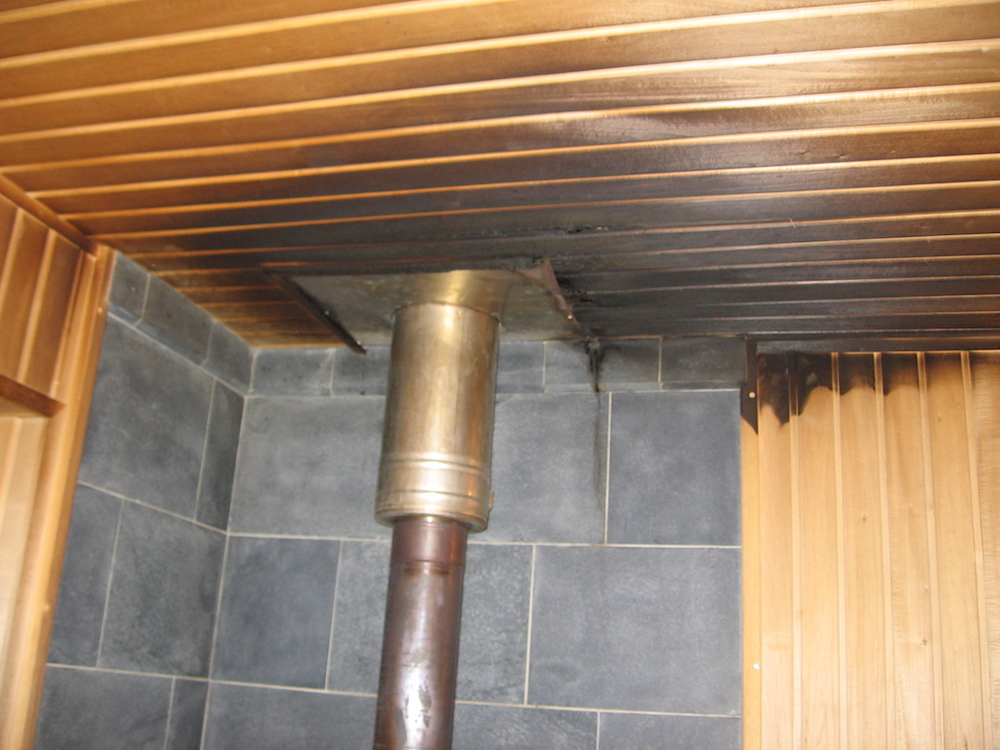
Safety regulations
- The door in the sauna should only open outward; it must not be equipped with locks or latches (for example, a magnetic lock without a tongue)
- Fire safety clearances from combustible structures when installing a heater are determined by the stove manufacturer. Typically the recommended distance is 500 mm. Finnish manufacturers allow them to be reduced by using thermally insulating non-flammable screens.
- Electrical wiring in the steam room is allowed only with heat-resistant cable (PRKA, PVKV, RKGM, SIHF-J 2X, Helutherm). For an electric heater, you will need to pull a separate power cable. All circuits must be grounded and protected by an automatic circuit breaker and an RCD with a leakage current of 15-30 mA.

